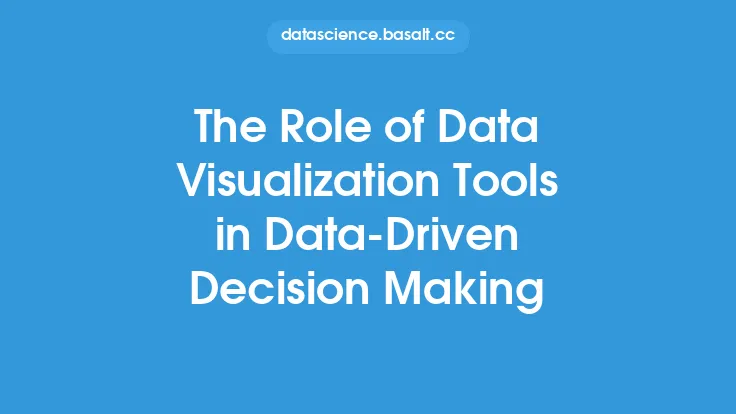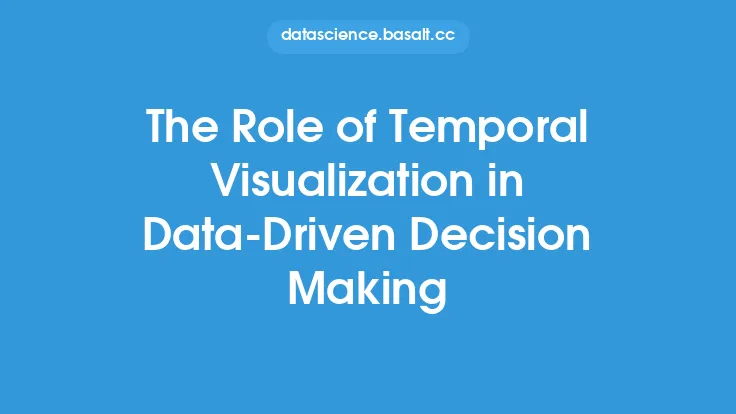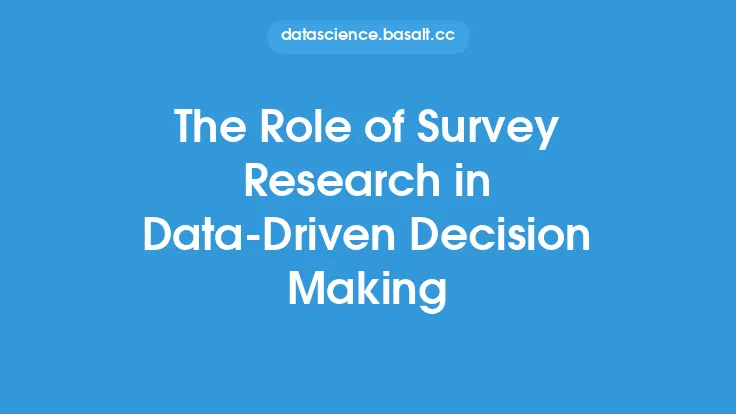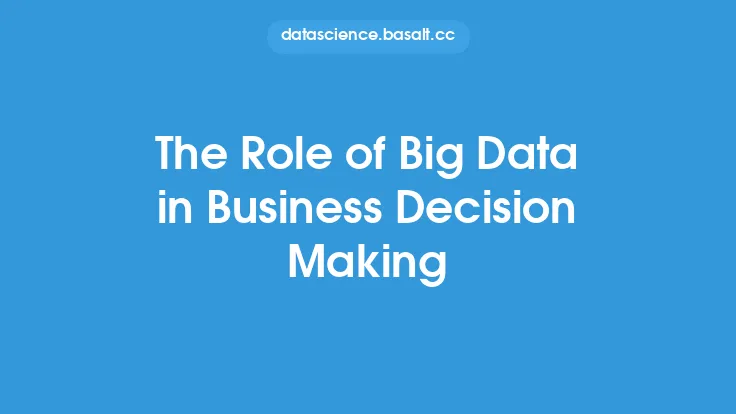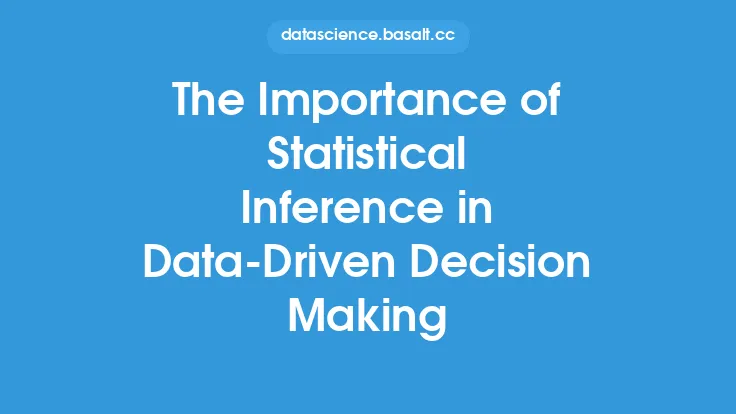In today's fast-paced, technology-driven world, organizations are constantly seeking ways to make informed decisions that drive business success. At the heart of this pursuit is the effective use of data, which has become the lifeblood of modern decision-making. The ability to collect, analyze, and interpret large amounts of data has revolutionized the way companies operate, allowing them to make data-driven decisions that are grounded in reality rather than intuition or guesswork. This shift towards data-informed decision making has been instrumental in helping organizations stay competitive, adapt to changing market conditions, and ultimately achieve their goals.
Introduction to Data-Driven Decision Making
Data-driven decision making is an approach that involves using data and analytics to inform business decisions. This approach is based on the idea that decisions should be based on facts and evidence rather than intuition or personal biases. By leveraging data and analytics, organizations can gain a deeper understanding of their customers, markets, and operations, which in turn enables them to make more informed decisions. Data-driven decision making involves a range of activities, including data collection, data analysis, and data interpretation. It also requires a culture that values data and analytics, as well as the skills and expertise to work with data effectively.
The Benefits of Data-Driven Decision Making
The benefits of data-driven decision making are numerous and well-documented. By using data and analytics to inform their decisions, organizations can reduce the risk of making mistakes, improve their operational efficiency, and increase their competitiveness. Data-driven decision making can also help organizations to identify new opportunities, optimize their processes, and improve their customer satisfaction. Additionally, data-driven decision making can help organizations to measure the effectiveness of their decisions, which enables them to refine their approach and make adjustments as needed. Some of the key benefits of data-driven decision making include improved decision-making accuracy, enhanced operational efficiency, increased competitiveness, and better customer satisfaction.
The Role of Data Quality in Decision Making
Data quality plays a critical role in data-driven decision making. High-quality data is accurate, complete, and consistent, which enables organizations to make informed decisions with confidence. Poor data quality, on the other hand, can lead to incorrect conclusions, misguided decisions, and ultimately, business failure. To ensure data quality, organizations must implement robust data management practices, including data validation, data cleansing, and data normalization. They must also establish data governance policies and procedures to ensure that data is handled correctly and securely. Some of the key characteristics of high-quality data include accuracy, completeness, consistency, and timeliness.
Data Analysis and Interpretation
Data analysis and interpretation are critical components of data-driven decision making. Data analysis involves using statistical and analytical techniques to extract insights from data, while data interpretation involves using those insights to inform business decisions. There are a range of data analysis techniques that can be used, including descriptive analytics, predictive analytics, and prescriptive analytics. Descriptive analytics involves analyzing historical data to identify trends and patterns, while predictive analytics involves using statistical models to forecast future events. Prescriptive analytics, on the other hand, involves using optimization techniques to identify the best course of action. Some of the key data analysis techniques include regression analysis, decision trees, and cluster analysis.
The Importance of Data Visualization
Data visualization plays a critical role in data-driven decision making, as it enables organizations to communicate complex data insights in a clear and concise manner. Data visualization involves using graphical representations to display data, which helps to facilitate understanding and decision making. There are a range of data visualization tools and techniques that can be used, including charts, graphs, and heat maps. Some of the key benefits of data visualization include improved communication, enhanced understanding, and faster decision making. Data visualization can also help organizations to identify patterns and trends in their data, which can inform business decisions and drive business success.
Big Data and Advanced Analytics
Big data and advanced analytics are revolutionizing the way organizations approach data-driven decision making. Big data refers to the large amounts of structured and unstructured data that organizations generate and collect, while advanced analytics refers to the use of sophisticated statistical and analytical techniques to extract insights from that data. Some of the key technologies that are driving big data and advanced analytics include Hadoop, Spark, and NoSQL databases. These technologies enable organizations to store, process, and analyze large amounts of data, which can inform business decisions and drive business success. Some of the key applications of big data and advanced analytics include customer segmentation, predictive maintenance, and supply chain optimization.
The Future of Data-Driven Decision Making
The future of data-driven decision making is exciting and rapidly evolving. As organizations continue to generate and collect large amounts of data, they will need to develop new skills and capabilities to extract insights from that data. Some of the key trends that are shaping the future of data-driven decision making include artificial intelligence, machine learning, and the Internet of Things. These technologies will enable organizations to automate their decision-making processes, predict future events, and optimize their operations in real-time. Additionally, the increasing use of cloud computing and mobile devices will enable organizations to access data and analytics from anywhere, at any time, which will further accelerate the adoption of data-driven decision making.
Best Practices for Implementing Data-Driven Decision Making
Implementing data-driven decision making requires a range of skills, capabilities, and cultural changes. Some of the key best practices for implementing data-driven decision making include establishing a data-driven culture, developing a robust data management framework, and investing in data analysis and interpretation capabilities. Organizations should also establish clear goals and objectives, define key performance indicators, and develop a roadmap for implementing data-driven decision making. Additionally, organizations should prioritize data quality, invest in data visualization tools and techniques, and develop the skills and expertise needed to work with data effectively. By following these best practices, organizations can unlock the full potential of data-driven decision making and achieve business success.
